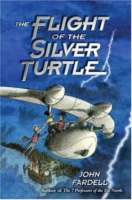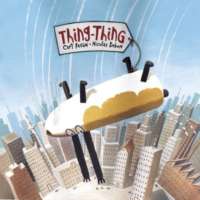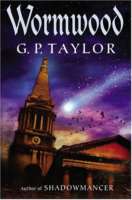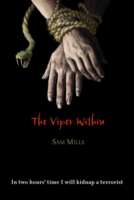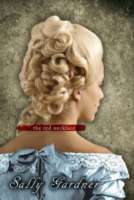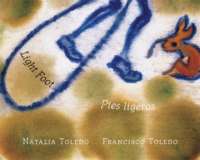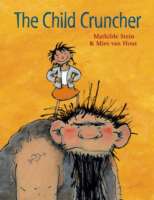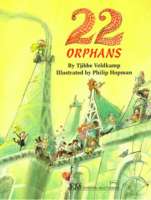
In this tale, a mischievous group of orphans attempts to show their new headmistress how to have a good time. They build forts under tables, hang from the orphanage balconies and ride a cart down the stairwell. Each time, the fretful headmistress’s curious refrain is “Elephants are strong and sturdy but children, remember, are not elephants,” as she puts them all to bed under orange-and-white checkered coverlets. The children soon tire of bedrest, and one morning, the woman discovers they have fled, and only an orange-and-white checked elephant remains.


